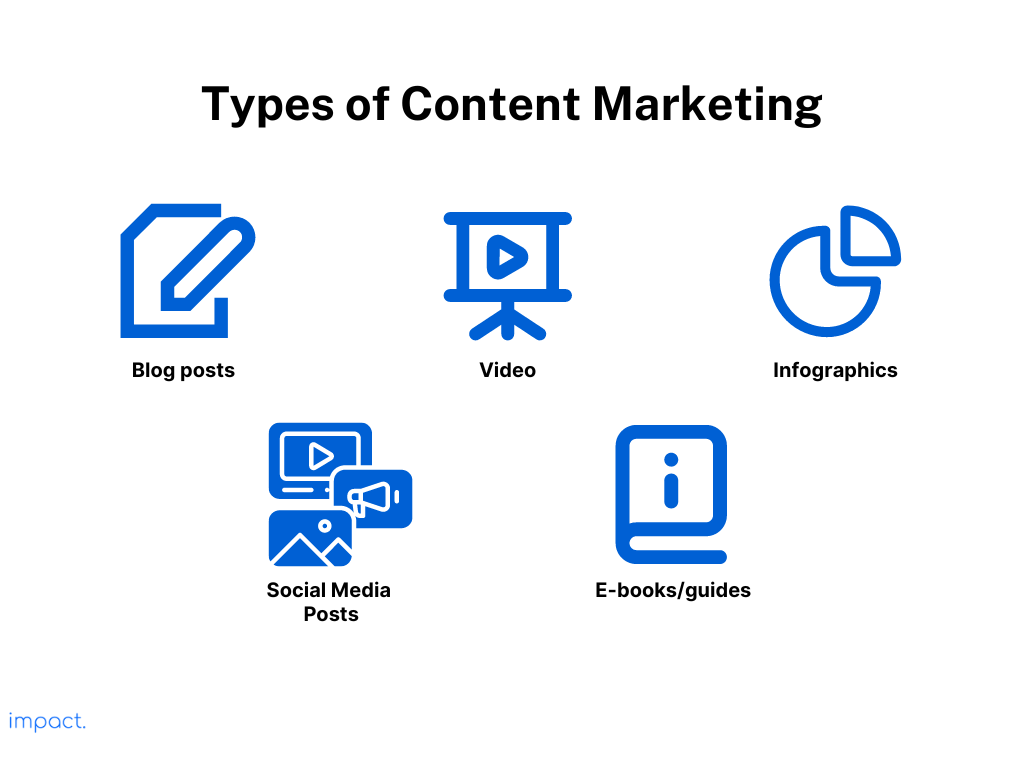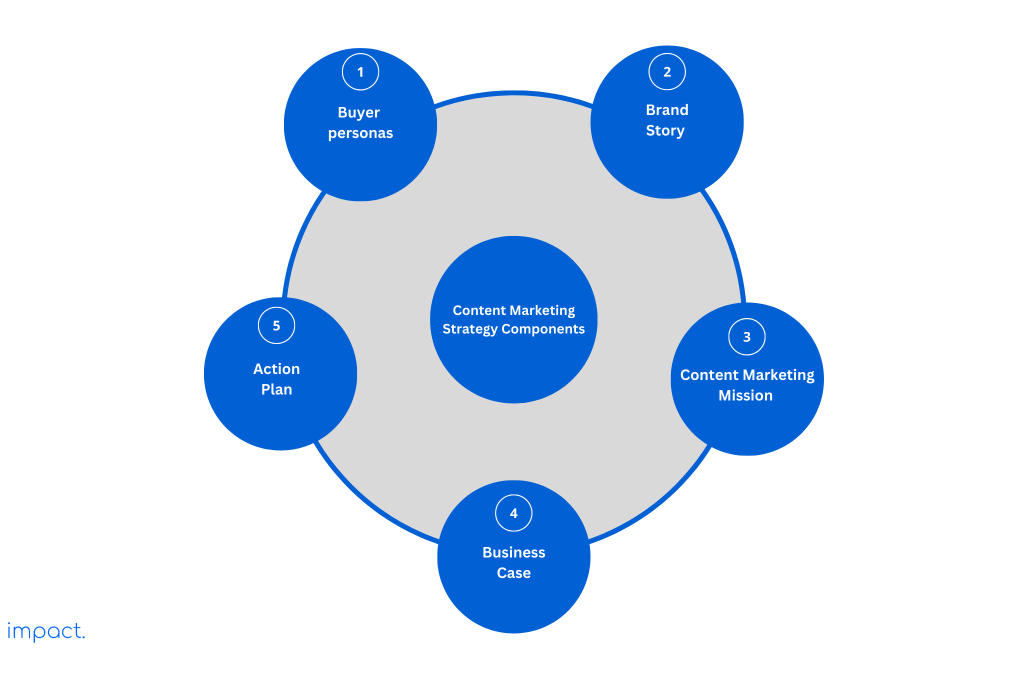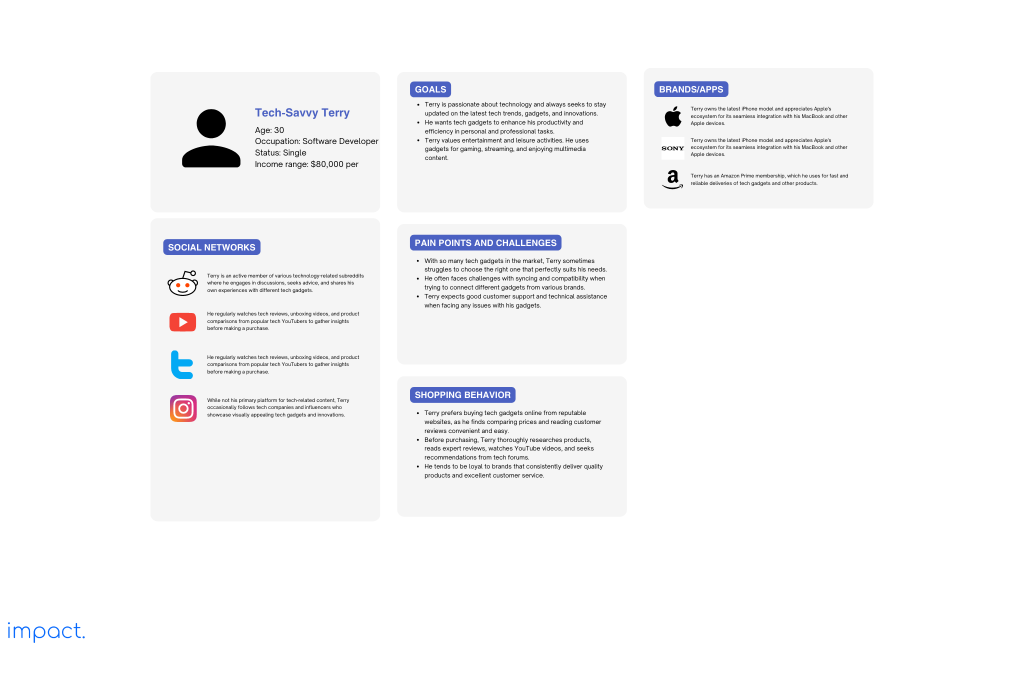Kanban: Definition, 6 Rules, and its Benefits
Kanban is a crucial part of the Just in Time (JIT) system, which we discussed…
Sean Thobias
May 17, 2025When discussing using social media to promote your business, we mentioned that the content you share is crucial. It’s what keeps people interested and ensures they have a good experience. Now, let’s take a closer look at content marketing.
Content marketing is all about creating and sharing valuable and relevant content consistently. It’s not just about trying to sell something; it’s about providing value, educating, entertaining, and engaging your target audience.
By delivering helpful and meaningful content, businesses can build trust, establish relationships, and encourage customers to return.
In this chapter, we will explore the world of content marketing, its importance, and the strategies that lead to success. We’ll help you understand the benefits of content marketing, develop a content strategy, and provide practical tips on creating better content.
Content marketing is a smart way to market your business. It involves creating and sharing valuable and relevant content consistently. The goal is to attract and keep the attention of a specific group of people. Doing this can encourage them to take actions that benefit your business, like purchasing or signing up for your services.
Content marketing isn’t just publishing content and hoping people will find it. It’s about purposefully tailoring your content to your target audience. Hence, they see you in the inbound rather than the outbound way.

Here are some examples of content marketing:
Read more: Social Media Marketing: A Guide & 3 Strategies for Success
Content marketing is crucial in today’s digital age. Almost all brands, around 97%, use this marketing method because consumers nowadays prefer to engage with and learn about businesses online. Apart from building relationships with customers, there are several other benefits of content marketing:
Unlike regular ads, content marketing leaves a strong impression on the audience. It’s about sharing valuable and informative content that stays relevant for a long time.
With content marketing, you can create evergreen content, search-optimized content that revolves around topics that are always relevant to readers, regardless of the current news cycle or season.
You can use one piece of content repeatedly, year after year. It’s like having a valuable asset that never loses its worth and doesn’t require constant replacement. It’s cost-effective and delivers long-lasting value.
When a brand’s website expands and offers a wide range of valuable content, its reputation grows alongside it. Websites with numerous pages filled with useful information appear more trustworthy, established, and reliable.
People are more inclined to discover and interact with websites that provide comprehensive and plentiful resources. Research shows that 65% of consumers develop a positive and trusting perception of a brand after reading educational content created by that brand.
A study by Edelman found that nearly half (47%) of high-level executives willingly share their contact information after finding valuable content. Therefore, businesses must create relevant and helpful content to convert leads into paying customers.
When companies offer information that potential customers are actively seeking, it grabs their attention. By using effective content, businesses can nurture these leads and guide them through the buying process, significantly increasing the likelihood of turning them into paying customers.
Content marketing is a great way for businesses to make their brand more well-known. Creating useful and relevant content helps bring more people to your website through search engines.
If you consistently make high-quality content that answers common search questions, Google will notice and rank your website higher in search results. Sharing your content on different platforms regularly can reach more people and get their attention.
Businesses use content marketing to engage with their audience on a deeper level. Companies can cultivate a loyal following by consistently providing valuable and enjoyable content.
According to a study by Edelman, 75 percent of people who trust a brand are likely to remain loyal to it, even when faced with other alternatives. Additionally, 78 percent of these individuals are willing to share the brand’s content with others.
When customers feel strongly connected to a brand and consistently receive valuable content, they are more inclined to remain loyal and actively advocate for the business. As a result, enduring customer connections are fostered.
To create impactful content, starting with a well-planned strategy is crucial. Research has revealed that 80% of marketers achieve content marketing success with a solid plan.

A content marketing strategy is a clear roadmap for your goals. It helps you define measurable metrics for success and lays out procedures for continuous improvement. Incorporate these five essential components into your content strategy for maximum effectiveness:
A buyer persona formally represents your ideal customer or target audience. It’s like a snapshot of a typical person interested in your brand. It includes details about their age, gender, location, hobbies, preferences, and goals or pain points.

A buyer persona helps you paint a picture of the people you want to reach with your content. It provides valuable insights that guide you in crafting content that speaks directly to your customer’s interests and needs. By creating these personas, you can easily explain who your audience is to your stakeholders and anyone involved in your brand messaging.
Your brand story summarizes your company’s history, mission, purpose, and values. It’s essential to define and share this unique story with your audience. This way, you create a strong brand identity that connects with them on a deeper level.
Always remembering your brand’s story while making content ensures a consistent experience for your audience. This consistency will help build the right image across all your content marketing channels, strengthening your brand’s presence and impact.
When defining your content marketing efforts, it’s important to have a clear purpose. Identify the specific goals you want to achieve, such as increasing brand awareness, generating leads, driving conversions, or establishing thought leadership.
To create an effective content marketing mission statement, make sure to include these elements:
It’s important to understand that attracting new readers and followers is not enough for a successful content marketing plan. Your content should also contribute to the growth of your business.
To begin, identify the specific business goals that your company needs to achieve. Then, determine how content marketing can help you reach those goals.
One effective way to do this is by creating a business case. This document shows the value and importance of pursuing a project. The business case outlines the project’s goals, costs, and expected benefits. It proves that the project is a worthwhile investment, instilling confidence in stakeholders and helping garner their support.
By focusing on creating valuable content and aligning it with your business goals, you can ensure that your content marketing efforts contribute to the overall success of your company.
Finally, including an action plan in your content marketing strategy is essential. This plan should be comprehensive and provide clear guidance on effectively implementing your content strategy. Here’s how you can create an action plan that covers all the necessary aspects:
Read more: SEM: Definition and 3 Mechanics to Appear Higher on Searches
Now that you understand the key elements of a good content strategy, it’s time to create one for your content marketing goals. We have listed seven steps below to guide you through creating your content.
Start by determining what you want to achieve with your content strategy. Are you aiming to increase brand awareness, generate leads, drive website traffic, or educate your audience? Clearly defining your goals will help guide your content creation efforts.
What you can do next is to rank each goal from the most important to the least important. By prioritizing, you can identify which plans require immediate attention and which can be dealt with later. It will also assist you in figuring out the resources needed for each goal as you move forward with your strategy.
The previous section emphasizes the importance of having an audience persona in your content strategy. You must know your target’s age, interests, problems, and what they like. This knowledge helps you create content that connects with them better.
After you collect this information, you should look at the data to see if there are any common groups among your audience. These groups may have similar traits or interests.
It’s essential to revisit and study your audience regularly. This way, you can see if anything has changed and make sure you keep growing your audience. Also, looking closely at your current customers can help you improve your understanding of your target audience.
Before you start creating new content, assessing your existing content through a content audit is important. It means checking how well your current content is doing. You can look at how many people interact with it, how many visitors it brings to your website, and how many people act after seeing it.
Conducting a content audit helps you understand the performance of your current content and reveals any gaps that require new ideas to fill them. You might discover that you can repurpose some of your old content, which means using it again fresh. Repurposed content allows you to make the most out of your content on different platforms and reach a larger audience.
When creating a content strategy, choosing the right types of content that match your goals and connect with your intended audience is important. Different options exist, including blog posts, videos, infographics, podcasts, and social media content. Consider the format that best delivers your content and effectively captures your audience’s interest.
Here is the part where you consider the brand story of your overall campaign. You must decide on the main messages you want to share with your audience through your content. These messages should match your brand’s values and be something your target audience can relate to. Creating a consistent and compelling messaging strategy makes your content feel connected and well-put together.
For example, if you’re using different platforms like social media, blogs, or videos, ensure your messages remain consistent across all of them. Consistency will help your audience recognize your brand easily and understand what you stand for. Keep your language simple and easy to understand so everyone can understand your message.
Once you have set your goals, researched your target audience, audited your existing content, and defined your key messages, it’s time to start creating your content.
Developing a content calendar will help you stay organized and plan when to create and publish your content. Ensure to produce high-quality content relevant to your audience consistently and adds value. It’s important to ensure that your content aligns with your overall strategy.
Creating content doesn’t end once you publish it. After publishing, checking how well your content matches your goals regularly is important. This process involves using the metrics you established in your content strategy to assess whether your content is helping you achieve your objectives.
Keep an eye on metrics like engagement, reach, conversions, and feedback from your audience. Analyze this data to understand what’s working and what needs improvement. Take this feedback into account to make your content strategy even better.
Even with a well-defined content strategy, your content may not connect with your customers as effectively as you’d hoped. To produce higher-quality content, consider the following five tips:
Again, we emphasize understanding your customers well. Take the time to know who they are, what they like, and what they are interested in. By doing so, you can tailor your content specifically to their preferences, needs, and challenges.
A personalized approach ensures your content speaks directly to your audience and addresses their unique concerns. When your content resonates with your audience and provides valuable information, insights, or solutions, they are more likely to engage with it and find it helpful.
Storytelling is a powerful strategy in content marketing that many marketers find effective. A whopping 62% of B2B marketers consider storytelling to be a valuable tactic in their content marketing efforts.
So, what exactly is storytelling in content marketing? It involves using narrative journalism and traditional storytelling techniques to captivate and persuade your audience. The goal is to create a connection by sharing compelling stories that evoke emotions. These stories follow a familiar structure, with characters, conflict, and a sense of progression.
By incorporating storytelling into their marketing approach, brands can forge strong and meaningful relationships with potential customers and existing clients. This method allows brands to go beyond simple promotion and engage with their audience on a deeper level. When done right, storytelling can leave a lasting impact and inspire trust and loyalty in your brand.
It’s fine to reuse content, but remember this: we come across more than 5,000 brand messages daily, yet we only notice about 86, and only 12 leave a lasting impression.
So, instead of copying what others have said, try to offer something new and exciting. Come up with fresh ideas, angles, and approaches that are unexplored. Give your audience unique insights and solutions that are valuable.
This way, you can stand out from others in your field and catch your readers’ attention. Remember, the key is adding value and making your content different from the rest.
When creating content, writing in a friendly and approachable way is important. Imagine you’re having a casual conversation with your audience.
Your writing should be simple, clear, and easy to understand. Avoid using complicated jargon or technical terms that might make your readers feel left out or confused.
Instead, aim to connect with your audience using relatable language they can easily grasp. Adopting a conversational tone can build a stronger connection with your readers and make your content more enjoyable and accessible to a wider audience.
Research shows that about 65% of people learn better through visual content. If you want to grab your audience’s attention and keep them interested, add different media types to your content. Pictures, videos, infographics, and interactive elements can boost your content’s appeal.
For instance, using images can help show your ideas visually, making it easier for people to understand what you’re talking about. Videos can bring your content to life, allowing you to demonstrate things, share stories, or explain complex topics more effectively.
Including these visual elements make your content look better and more enjoyable and memorable for your readers. It’s a great way to cater to different learning styles and preferences, making your content more accessible to a broader audience.
In today’s digital world, content marketing is crucial. It involves regularly creating and sharing valuable content to educate, entertain, and engage your target audience. Doing so can build trust and establish strong relationships with your customers.
Having a well-planned content marketing strategy is crucial for creating effective content. A content marketing strategy serves as a roadmap for your goals. It enables you to measure your success and improve over time.
In the next chapter of this guide, we’ll explore the topic of search engine optimization (SEO) and how it complements digital marketing as a whole. In the meantime, be sure to implement the strategies and best practices we’ve discussed in this article to ensure the success of your content marketing.
Impact Insight Team
Impact Insights Team is a group of professionals comprising individuals with expertise and experience in various aspects of business. Together, we are committed to providing in-depth insights and valuable understanding on a variety of business-related topics & industry trends to help companies achieve their goals.
75% of digital transformation projects fail. Take the right first step by choosing a trusted long-term partner.
